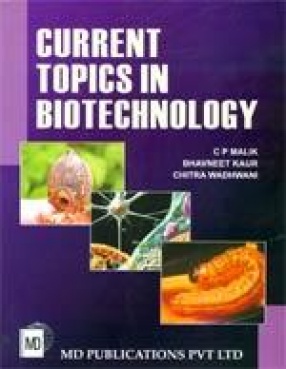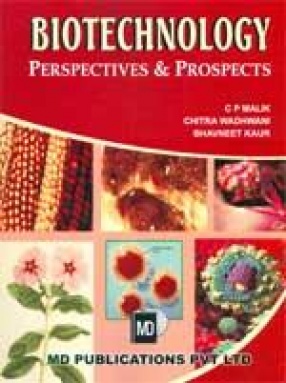Pollen Physiology and Biotechnology
The contributions included in this volume are ranging from biochemistry of bacterial spore, to pollen biochemistry, pollen tube growth and pollen biotechnology in relation to crop improvement. Keshav Trehan and S. Arora have given recent account on the biochemistry of bacterial spores. R.R. Hegde and S.W. Isaacs have discussed indepth the cytology and histochemistry of microsporogenesis in cytoplasmic male sterile plants. This area is of prime importance considering the role of male sterile plants in raising hybrid seeds. Mukti Grewal, Neelam Setia and C.P. Malik have reviewed another very important area in pollen biotechnology namely pollen storage and viability. These authors have discussed different methods to store pollen and test their viability. The review shall be of considerable interest to plant breeders and crop geneticists. Savita Khattra and C.P. Malik have given a succint analyses of pollen carbohydrates and their metabolic regulation. C.P. Malik, Rupinderjit K. Sidhu and S.K. Thind discuss in details the metabolic role (s) of boron especially in germinating pollen system. In view of the importance of this micronutrient its overall physiological role has been discussed. Madhu Bajaj and K.R. Shivanna have reviewed very interesting and recent aspects of self-incompatibility. The two authors have discussed the recent advances made in this area and brought out their significance in evolution and crop improvement. The most important article in the volume is by C.P. Malik and Sanjeev K. Thind which includes recent investigation on pollen biotechnology and fertilization engineering in relation to crop improvement. The review includes several figs which bring out the importance of controlled fertilization. The content of each review is the entire responsibility of the authors who have succintly highlighted the recent advances in their respective areas. The present volume shall be of special advantage to the students and taught of sexual reproduction in plants, crop breeders geneticists, plant embryologists, horticulturists, vegetable breeders and tissue culturists.
Get it now and save 10%
BECOME A MEMBER









Bibliographic information
Tags